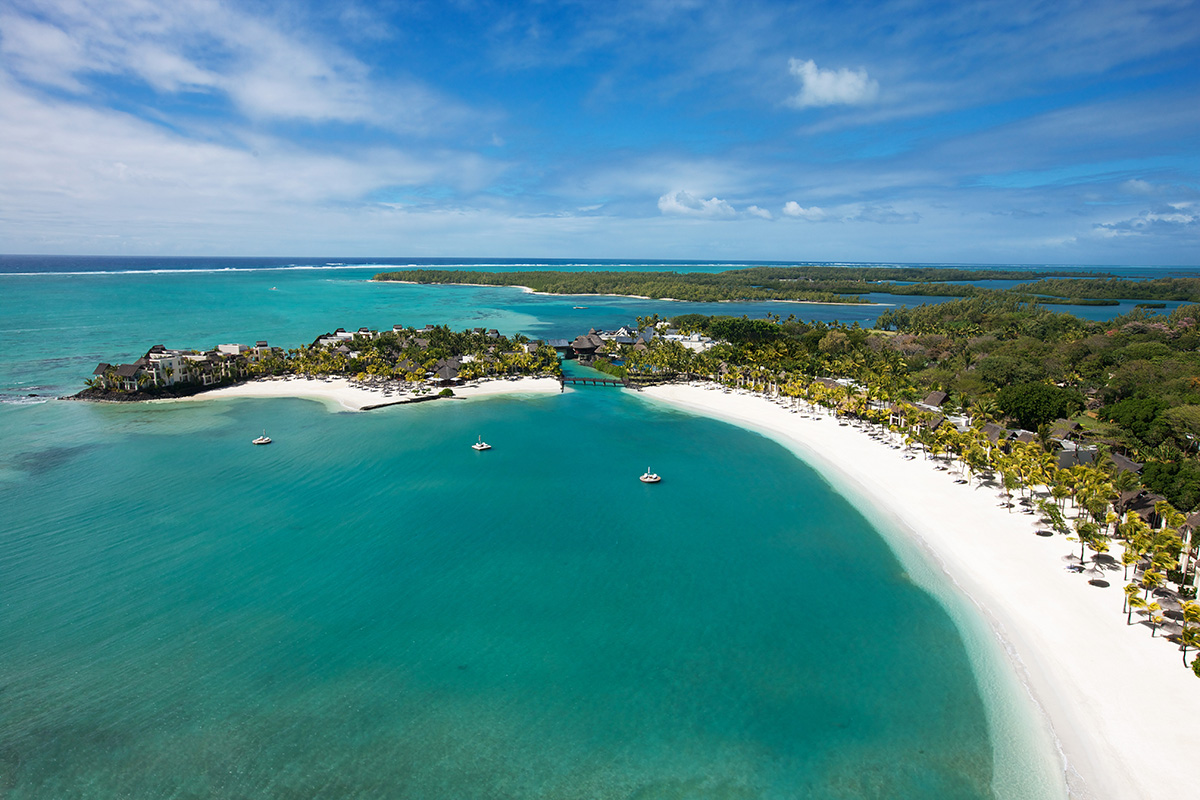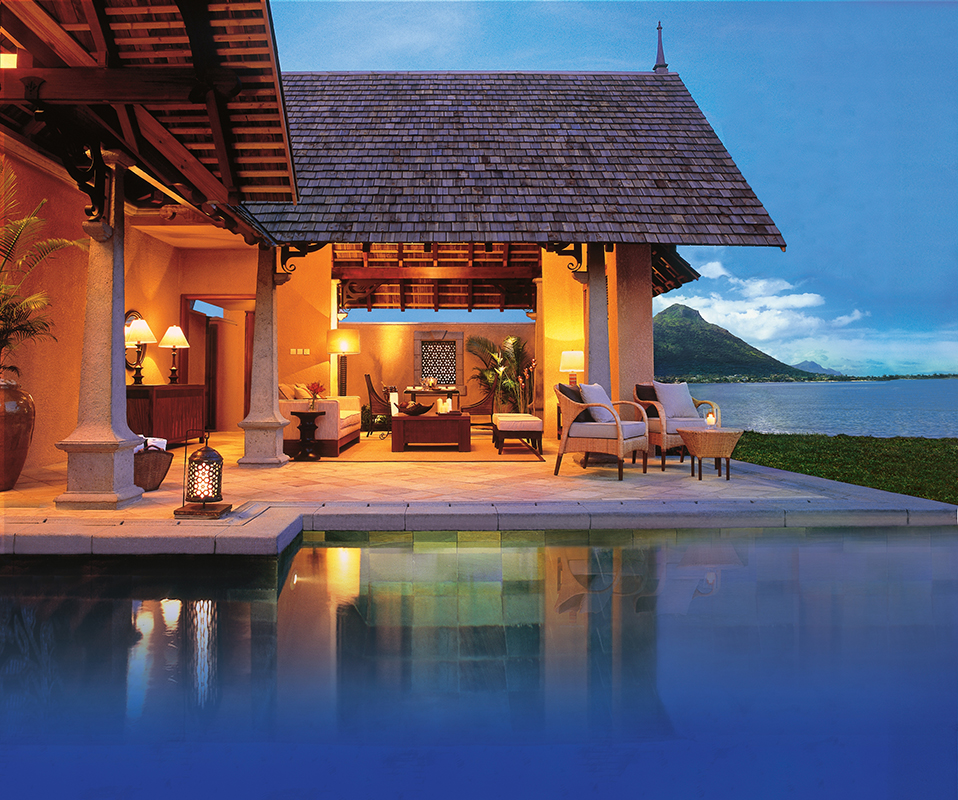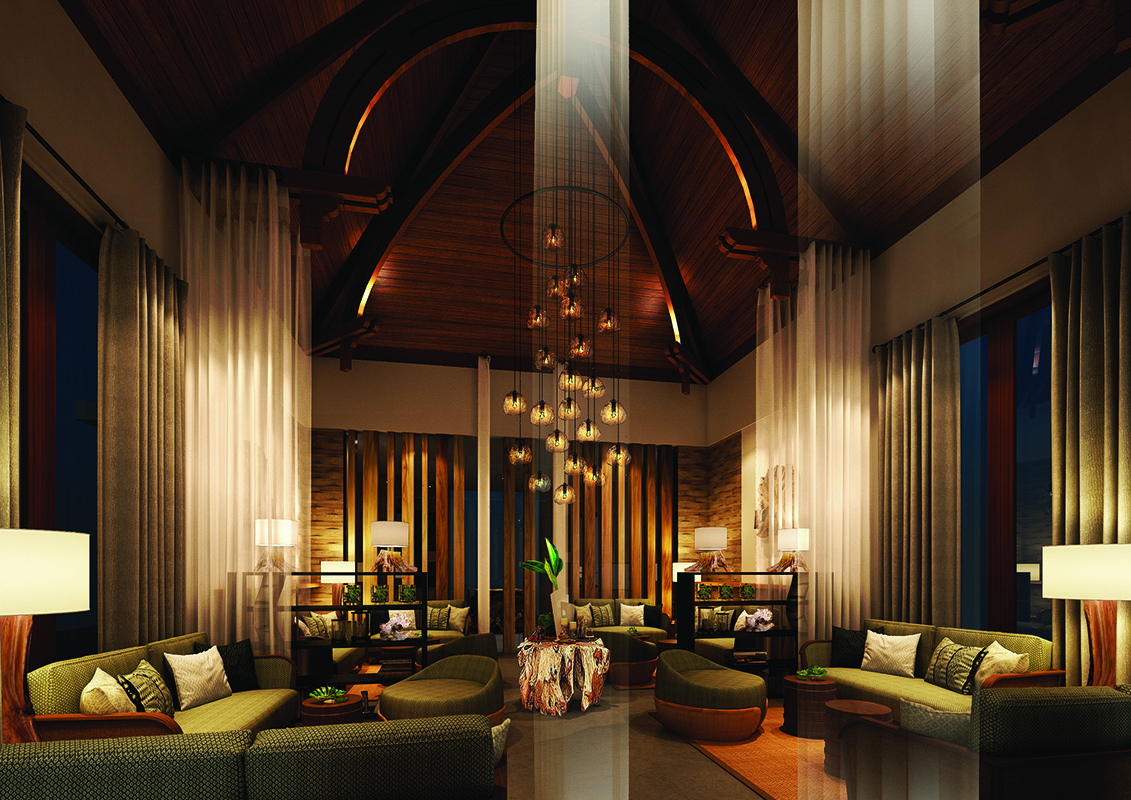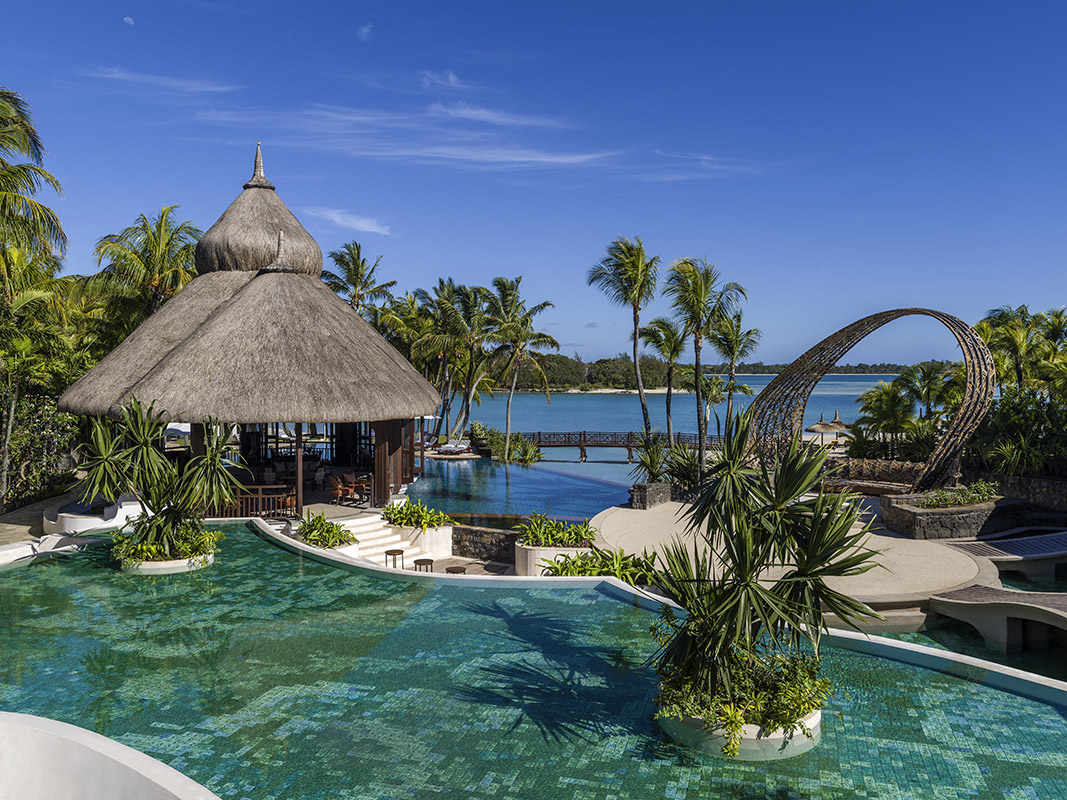This website uses cookies so that we can provide you with the best user experience possible. Cookie information is stored in your browser and performs functions such as recognising you when you return to our website and helping our team to understand which sections of the website you find most interesting and useful.
Heaven on earth: how to find the ultimate private paradise in Mauritius
By Michelle Johnson | 24 August 2018 | Travel
As Mauritius celebrates 50 years of independence, Tempus explores the future of this paradise island

Mark Twain famously wrote that “Mauritius was made first and then heaven; and heaven was copied after Mauritius”, and it’s pretty hard to disagree. If we made a checklist for paradise, this small island in the Indian Ocean would tick every box – golden sands and lush hills, blue skies and warm seas – but it’s the island’s incredible fauna and flora, and its people’s collective devotion to sustainability, that’s really elevating Mauritius from a honeymoon hotspot to the destination du jour.
A small volcanic island with a complicated colonial history (it was settled in the 1500s and host to the Portuguese, Dutch, French and English, with a high population of Indo-Mauritians indentured after the abolition of slavery in 1835), Mauritius’ proudly multicultural communities have flourished since the island became an independent republic in March 1968. This year, as the island celebrates its past, it’s also looking firmly ahead. Far from the nation that once relied solely on its sugar production, now Mauritius boasts a booming economy focused on technology and tourism, with extraordinary resorts such as Maradiva Villas and Shangri-La Le Touessrok focused on safeguarding and optimising the natural beauty that is so beguiling to its visitors.
So numerous are the island’s luxury resorts and pristine beaches that it can be hard to know where to start. One rule of thumb is to choose your area by your interests – Balaclava and Grand Baie in the north are tourism hubs known for their nightlife; the south is perfect for eco-travellers seeking wild landscapes and protected nature reserves; the east boasts some of the most stunning and still- untouched beaches; and the west, including the delightful area of Flic-en-Flac, enjoys some of the calmest waters – the perfect base to start exploring.
Culture and conservation
Five-star resort Maradiva on the west coast is my first point of harbour. It’s an elegant sprawl of 65 villas – each with its own private pool for those who want to shake off an evening’s humidity with a moonlight dip – across 27 acres of land. From the grasses to the beach, the resort is home to a host of protected species and 150 native plants. The private beach enjoys mountainous views of the inner island, while family-owned Maradiva’s Indo-Mauritian heritage is clear from its winding paths and open plan architecture. It’s so open, in fact, that each opulently fitted bathroom includes an outdoor ‘waterfall’ shower, though you may be joined by the local bird-life if you do choose to take your ablutions al fresco. >>
Related: Coastal Cool: The world's best beach bars

Holistic treatments in the Indian spa and haute cuisine in the resort’s Coast2Coast or Cilantro restaurants are available, but to truly embrace the hotel’s ethos you must try dining under the stars – or, more accurately, ‘Under the Tree’ – an area illuminated by fire torches and fairy lights where I enjoyed a traditional Mauritian meal of exquisitely fresh fish, with my toes buried in soft sand.
If you’re keen to explore the island, there are plenty of opportunities, from touring the historic Grand Port by electro-bike to horse riding along Belle Mare Beach. At less than an hour’s drive away from Maradiva, the island’s capital city Port-Louis is well worth a short visit for culture seekers and history enthusiasts. The bustling metropole is a delightful mash of different cultures and architecture – and there’s no more delicious way to experience it than with My Moris Street Food tour.
The walking tour samples Mauritian cuisine inspired by French, Créole, Muslim and Chinese communities, beginning at the French Harbour, through Spice Street (the breakfast chilli balls are exquisite) and China Town (where a hidden corridor serves fresh Chinese dumplings), and finally visiting a local market worth braving the intense humidity just for a taste of traditional Mauritian-style rotis.
Escape the city heat later in the day with lunch at Eureka, La Maison Creole – a colonial mansion turned restaurant that will transport you back in time – before a private sunset cruise with Harris Wilson. Protected by a coral reef, the seas around Mauritius are remarkably calm, even if your trip happens to hit stormy weather – as ours did, thanks to a mild cyclone that skirted the island just days before my flight. >>
Related: Bangkok's Siam Hotel offers tired guests the perfect post-flight pick-me-up

Yet, with the sun shining brightly on the beaches, the stray storm cloud lingering around the centre of the island did nothing to hinder our holiday. In fact, if an unlikely rain shower does try to threaten your time on the beach, it’s time to head up into the lush green hills to Bois Chéri Tea Factory, the most famous tea plantation on the island, where you can enjoy a spot of black vanilla blend overlooking the verdant rolling slopes of the plantation, which is still partly tended by hand.
Private paradise
With the island’s history fully explored, it’s time to get back to nature in luxuriant style with a stay at the Shangri-La Le Touessrok Resport & Spa on the east coast. Renovated in 2015, Le Touessrok is a resort designed to ensure all your stresses fall away, from the zen- like paths leading between rooms to the wide balconies where you can watch the gentle ocean waves lap against the rocks.
For the ultimate in exclusivity, private villas offer everything from personal chefs to Sega musicians, while in the main area of the hotel guests are carefully placed according to their interests, with pools and private beaches segmented in a boutique style that promises tranquillity and uncrowded sands even at full capacity. And it’s the little touches that are especially welcome – I arrived in my room to a complimentary bottle of rosé champagne.
The resort is home to five restaurants and bars, each serving specialist food and entertainment for any mood. Be sure to start your day with breakfast at Le Bazar, an open plan restaurant with breathtaking views across the resort and out to sea. If you love wildlife, select a balcony table – I was delighted to share my breakfast with a family of colourful indigenous birds. >>
Related: Snorkel and spice: an expedition to some of Indonesia’s most far-flung islands

The Sega Bar is a lively spot for a sophisticated nightcap with a wide selection of cocktails, as well as homemade rums flavoured with vanilla, banana, strawberry and more. Elsewhere, the resort hosts a golf course, a children’s club, and its own conservation effort – Le Touessrok is custodian to three giant tortoises, including a 150-year-old male and two females.
The jewel in Le Touessrok’s crown, however, is its Chi Spa, where a full body tipik massage to Sega music will relax you into the rhythm of island life like nothing else. Another highlight is Shangri-La’s paradisiacal private island, Ilot Mangénie. Located a five-minute boat trip and a world away, Ilot Mangénie is pure white sand dotted with volcanic rock, shady trees, and still turquoise seas – an ideal setting for travellers who desire an experience beyond the usual luxury fare. Doze in the sun from the seclusion of your private cabana, which comes complete with butler service, or socialise in the island’s organic beach bar and restaurant.
Ending a trip so indulgent of my every appetite – food, culture, history and postcard views – in this private way, I understood exactly what Twain meant. Mauritius is a bustling, thriving island with a take on luxury that will leave you breathing free long after you’ve left its heavenly shores.







